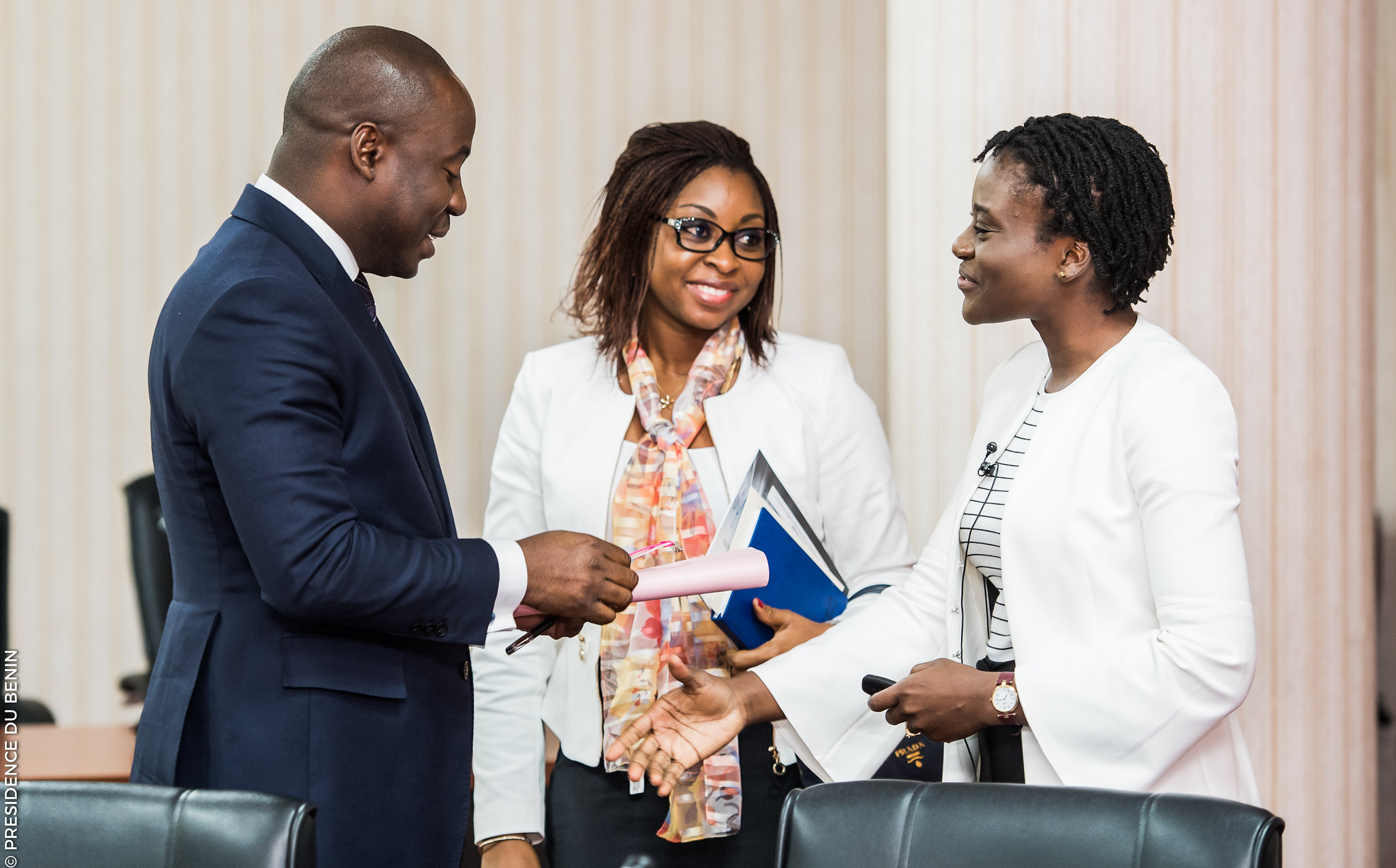
Through the LAAAMP project, the International Science Council partnered with the International Union of Pure and Applied Physics (IUPAP) and the International Union of Crystallography (IUcR) to enhance advanced light source research and crystallographic sciences in Africa, Mexico, the Caribbean, Southeast Asia and the Middle East.
The project entitled in full is Utilization of Light Source and Crystallographic Sciences to Facilitate the Enhancement of Knowledge and Improve the Economic and Social Conditions in Targeted Regions of the World and it is having a marked impact in the communities that it is serving.
Not all light is visible to the naked eye. In science and technology, the word light applies most generally to electromagnetic radiation. Light sources generate radio, microwave, infrared, visible, ultraviolet, X-ray and gamma-ray light. However, advanced light sources are much more intense than conventional sources, such as light bulbs and traditional lasers, and offer unique tools to expand the boundaries of scientific investigations into new materials and living matter. They open insights to micro- and nano-structures of manufactured materials that are not possible to obtain in any other way. Crystallography is the science that examines the arrangement of atoms in solids. There is a close connection between the science of crystallography and much of the work done at advanced light source facilities.
LAAAMP started a crystallography training program in Benin called X-TechLab, hosting roughly 100 students per year. The program disseminated hundreds of copies of its informational brochure on advanced light sources and crystallography in Arabic, English, French, and Spanish, and provided unique opportunities for approximately 50 faculty and students from developing countries to train at various advanced light source facilities around the world.
Pandemic diseases such as COVID19 continue to pose tremendous challenges to the world’s health and socioeconomic systems. AdLS are powerful tools that can be used to study the biology of diseases. “Using advanced light sources, researchers have been able to decipher the protein structures of these viral pathogens by forming them into crystals and then detecting the pattern of scattered radiation off them in the beamlines at advanced light sources,” says Sekazi Mitingwa, Chair of the LAAAMP Executive Committee.
“Using this technique and the complementary technique of cryo electron microscopes, tremendous progress has been made in pointing the direction to developing pharmaceuticals to treat the diseases that these pathogens cause.”
Advanced light sources are key to research frontiers in many disciplines and industries, and have become prime enablers of scientific and technological progress and innovation, contributing to the United Nations 2030 Agenda.
“AdLS facilities promote multi-disciplinary collaboration with the wider global community, while promoting science diplomacy and peace at large.”
-Michele Zema, Executive Outreach Officer of the International Union of Crystallography and member of the LAAAMP Executive Committee
Sustainable Development Goal 7 seeks to ensure universal access to affordable electricity by 2030. Investing in clean energy sources such as solar, wind and thermal is crucial. Developing new energy sources and improving the efficiency of existing systems requires a detailed understanding of both structure and behaviour at a microscopic level. Research at many AdLS facilities is aimed at understanding and improving the multilayer materials that compose an organic solar cell, and plays a fundamental role in understanding the structures of clean energy.
Michele Zema, Executive Outreach Officer of the International Union of Crystallography and member of the LAAAMP Executive Committee, is a champion of AdLS. “Because of their high costs and multidisciplinary use”, he suggests, “AdLS facilities promote multi-disciplinary collaboration with the wider global community, while promoting science diplomacy and peace at large.”
“It is in this spirit that LAAAMP is contributing to the development and use of advanced light sources through capacity building and science diplomacy actions, including:
According to Zema, the future global economy will be shaped by continual advancement in cutting-edge fields and technologies. Crystallography and AdLS work hand in hand, and are facilitating success in almost all branches of science including chemistry, biology, physics, pharmaceuticals, mineralogy, materials science and mathematics.
Understanding the structure of matter and relating this to the properties and functionality of any kind of compound has given a new path to scientific research. “Crystallography and AdLS have transformed industries and created new frontiers, from the design of new medicines and materials to assessing the mineral content of Mars, analysing soils for green agriculture, engineering applications and examining archaeological facts,” says Zema.
Developing new trajectories and facilitating research is not only fundamental in accomplishing 2030 Sustainable Development Goals, but a stronger, more secure future for science and society.
“All of LAAAMP’s programs are in their infancy and need to be greatly expanded. In addition to finalising Strategic Plans for each of its targeted regions, LAAAMP will proceed with fundraising activities to provide support to all its programs”, says Mintingwa. “It will publish a Portuguese translation of the brochure, establish new regional crystallography training schools in strategic locations, expand the on-site training and sample mail-ins at advanced light sources. We will additionally be sponsoring accelerator and beamline workshops at the Abdus Salam International Centre for Theoretical Physics in collaboration with the International Atomic Energy Agency and Italy’s Elettra advanced light source.”
The Grants Programme was established as a new modality to create international initiatives led by the ISC Member Unions. It’s intent is to foster membership engagement by addressing long-standing priorities for the ISC members in developing science education, outreach and public engagement activities, and to mobilize resources for international scientific collaboration.
For more information on the LAAAMP project, click here.
Image by presidencebenin on Flickr.